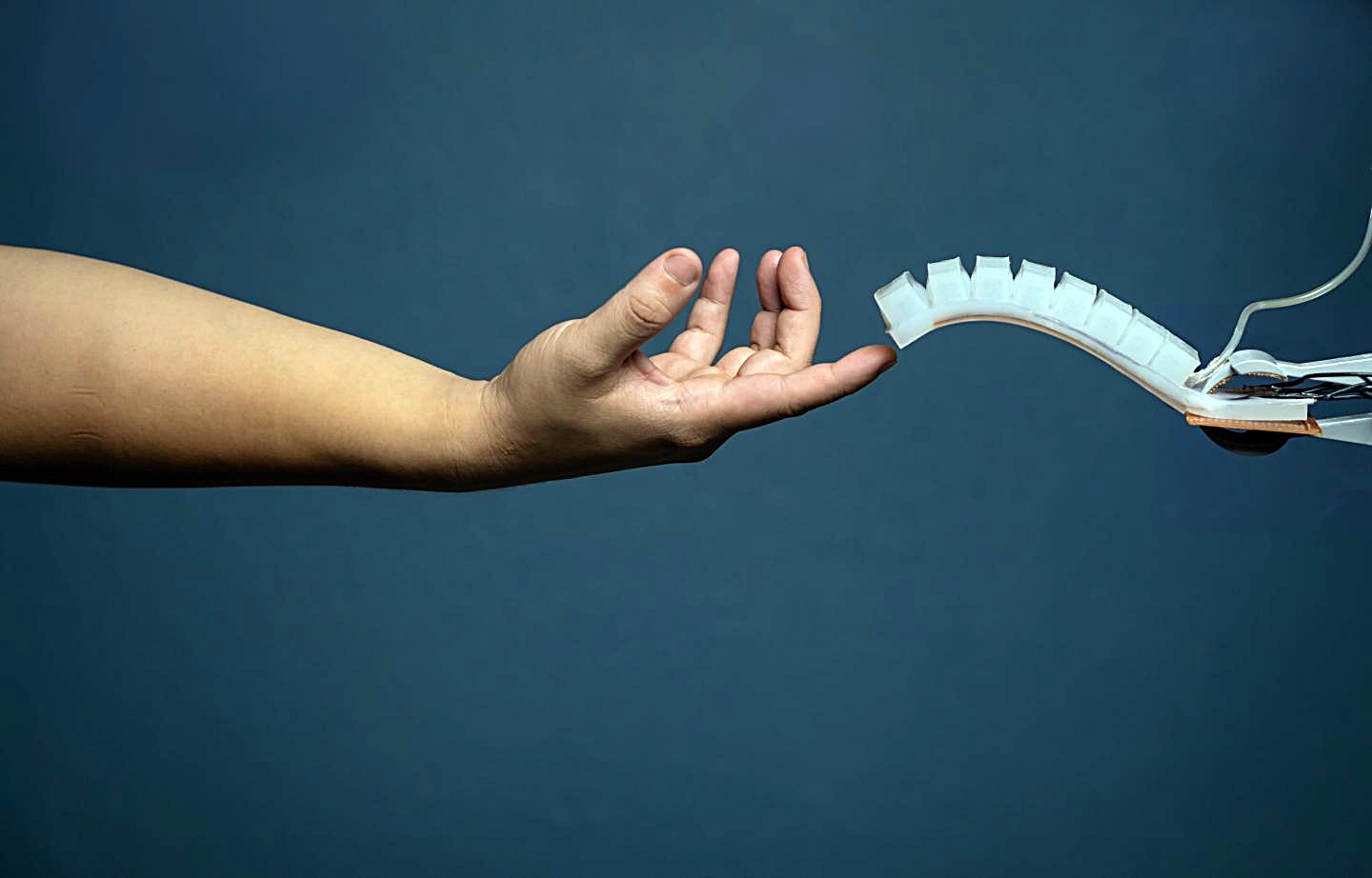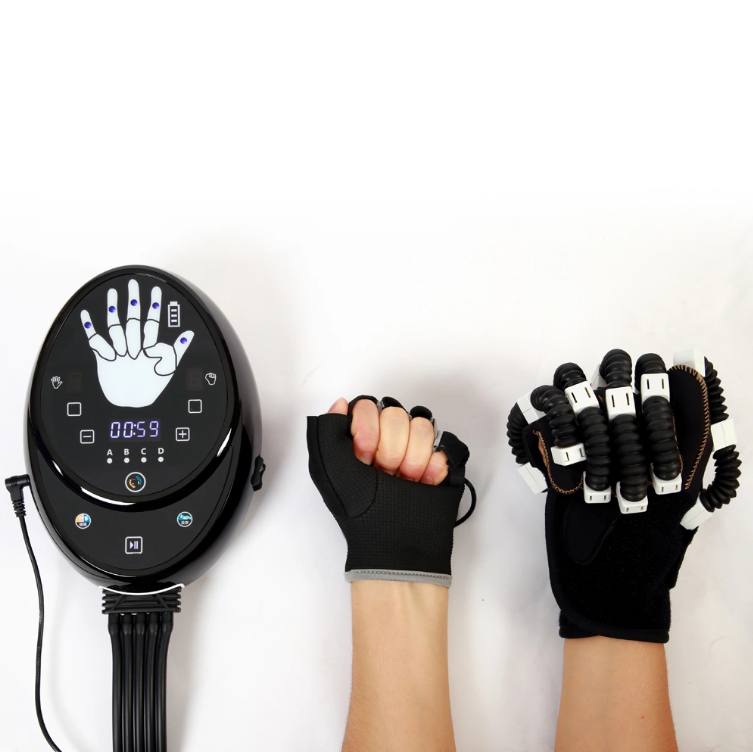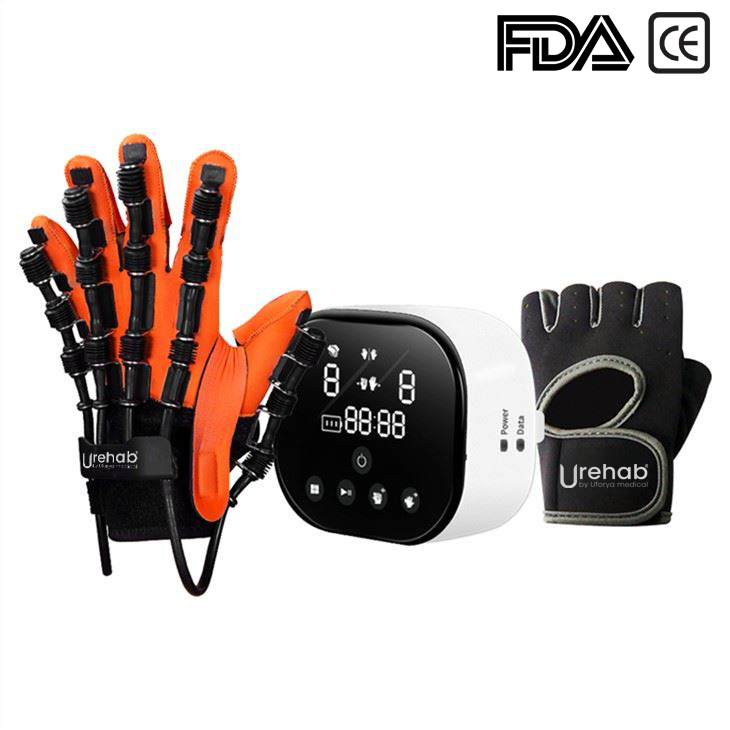Soft Robotics Rehabilitation
The weakening of hand functions in many neurological diseases has prompted the development of robotic rehabilitation equipment. The latter is designed to restore hand functions in these patients. To overcome the shortcomings of previous traditional robots, soft robotics is rapidly becoming alternatives due to their inherent safety, less complex design, and greater portability and potential for efficiency.
Although various groups have begun designing devices, few devices have advanced enough to provide clinical evidence of their designed treatment capabilities. Therefore, a comprehensive review of previously tested equipment may promote the next development of new and improved equipment. The purpose is to obtain clinical evidence of the rehabilitative effect of soft robotics on hand dysfunction.
Method:
A literature search was conducted in SportDiscus, Pubmed, Scopus, and Web of Science to find articles related to the design of soft robotics devices for hand rehabilitation. A framework for key equipment design elements was developed to simplify the comparison of various construction methods. The framework includes portability trend analysis, security features, user intent detection methods, transmission systems, total degrees of freedom, number of independent units, equipment weight, evaluation indicators, and rehabilitation models.
Result:
In this study, a total of 62 articles representing 44 unique devices were identified and summarized according to the framework we developed to compare different design aspects. By far, the most common type of device was that which used a pneumatic actuator to guide finger flexion/extension. However, the remainder of our framework elements yielded more heterogeneous results. Consequently, those results are summarized and the advantages and disadvantages of many design choices as well as their rationales were highlighted.
Conclusion:
In the past 3 years, the development of soft robotics devices, such as the Hand Rehabilitation Robotic Gloves: Urehab-HM for hand rehabilitation applications has increased rapidly. These research prototypes, mainly clinical, showcase a wide range of technical solutions highlighted in the framework developed in this analysis. More work is needed in actuator design, safety, and implementation to get these devices into clinical trials. Our goal is to use this review to guide future developers in various design considerations in order to develop better devices for patients with hand disabilities.
Reference: Soft robotic devices for hand rehabilitation and assistance: a narrative review




